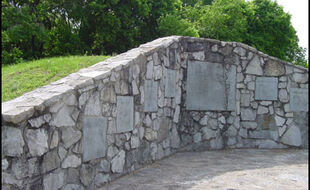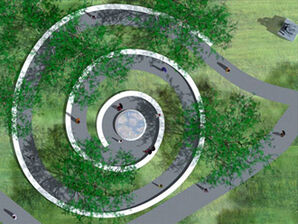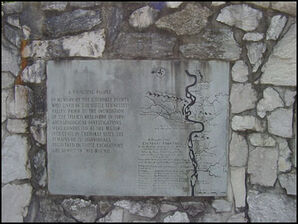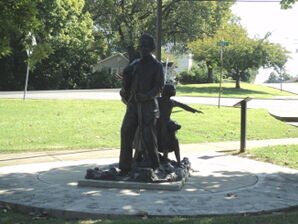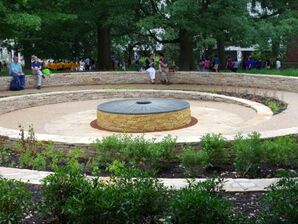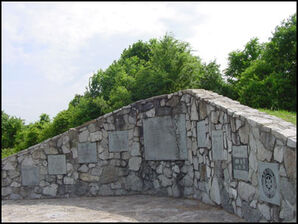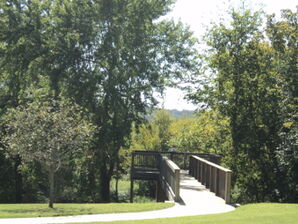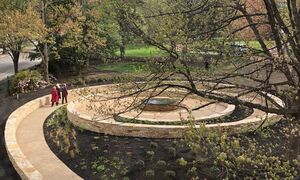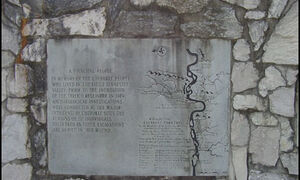Honoring and Recognizing Neglected Indigenous Cultures and Achievements
Introduction
Throughout history, Europeans colonized the Americas and various parts of the world. Along with the land, they colonized the indigenous populations of these areas as well. Through various removal acts, forced assimilation, and oppression, various Native American tribes and cultures have disappeared. One of the main events that led to many traditional practices to become lost is the Indian Removal Act of 1830. President Andrew Jackson signed this law and it gave him the power to grant lands west of the Mississippi River in exchange for ancestral lands within state borders. This act led to the infamous Trail of Tears: a series of forced relocations of over 50,000 Native Americans. They were ripped from their ancestral lands and forced to march over 1,200 miles.
In the process of being forced to leave their land, thousands of Native Americans lost their lives and several traditional practices were lost. However, there are still hundreds of unique cultural practices and rituals that are still practiced to this day. These indigenous groups and their traditions deserve more recognition and appreciation as they have influenced our world and contributed to modern society in many ways. Over decades of being neglected, it becomes easy to overlook and undermine Native Americans and their traditions, but several memorials have been built and commissioned to commemorate their achievements and bring attention to their culture. The memorials not only help to bring more awareness about indigenous people but also educate people about their culture. These memorials give people a physical snippet of who they are, what they have been through, and how they have shaped certain parts of society. Overall, most people assume that indigenous cultures and communities have assimilated into popular culture and have become obsolete. However, these monuments show us that native/indigenous cultures are still thriving, influencing our world, and being practiced to this day. In this digital exhibit, I will argue that these memorials honor and recognize the diverse cultures and various achievements of indigenous peoples because they have been oppressed and not appreciated or recognized properly in American history.
Pulaski/Giles County Trail of Tears Memorial
David Crockett, Tennessee Congressman, and many others opposed the Indian Removal Act, yet it passed by one vote. This act displaced over 100,000 Native Americans from 1838-1839. They were forced to move from their ancestral homes in the Southeastern US to a reservation in modern-day Oklahoma. Over 3,000 Native Americans died on the routes and throughout the journey on the Trail of Tears. Two of the paths passed through Giles County and Pulaski, Tennessee. The Pulaski/Giles County Trail of Tears Memorial and museum were built near the convergence of these trails. They honor the thousands of Native Americans who died and Davie Crockett’s opposition to the Indian removal.
The Mantle
The Mantle was commissioned in recognition of the legacy and contribution by Native American tribes in Virginia. Every aspect of this memorial represents or symbolizes an important part of their culture. The monument is composed of a stone wall and winding footpath that form a spiral shape. It is supposed to represent the circular dance formations that are a common theme in Native American culture. The monument is embedded into the natural world and native plant species are used around the memorial. This signifies the importance and value of nature in their culture. There is also a meditation area and infinity pool in the center of the memorial. The sculpture is decorated with life-size reliefs of corn, squash, and beans, and other objects significant to the region and the Native Americans. The memorial serves as a gathering spot where groups can come together and celebrate their heritage and culture.
Sequoyah's Birthplace Memorial
This memorial recognizes the achievements of an important figure in Native American culture: Sequoyah. Sequoyah was the creator of the Cherokee writing system. He was born in the 1770s in the Cherokee village of Tuskegee near the Tennessee River. While working as a silversmith, Sequoyah learned how to sign his name on his work. This was when he came up with the idea for a Cherokee writing system. He worked for many years developing the characters. Sequoyah created 85 characters and each stands for a syllable in the Cherokee language. In 1821 the Cherokee Nation reviewed and adopted the syllabary. The syllabary is complete and no additions have been made. This memorial is a large stone wall with various pictures, symbols, and words engraved. There is also a museum that celebrates Sequoyah’s achievements and provides more information about his birthplace and life.
Conclusion
Due to oppression and forced assimilation throughout history, Native Americans have constantly been overlooked and put at a disadvantage. They are often glossed over in school courses, not focused on in the media, and discriminated against today. Several Native American tribes in the US today face high unemployment, violence, and poverty rates. This is often coupled with inadequate healthcare, housing, and education. This is despite their contributions to agriculture, literature, medicine, and culture. Through my exhibit, I hope to display three different memorials that bring light to the achievements and hardships that Native Americans have faced throughout American history. These monuments also spread awareness and acknowledge their contributions and impacts on society. They help us recognize Native Americans properly as they have been overlooked in the past.
|
The Mantle |
Sequoyah's Birthplace Memorial | Pulaski/Giles Trail of Tears Memorial |
In my exhibit, I presented three different memorials that commemorate and acknowledge the achievements and hardships that various Native Americans faced. The Mantle recognizes the contributions that Native Americans in Virginia have made. The Sequoyah’s Birthplace Memorial credits an important figure for the Cherokee Nation. The Pulaski/Giles Trail of Tears Memorial honors the struggle that thousands of Native Americans endured on the Trail of Tears.
Although these memorials are providing a tribute to the past, the impact and legacy of the events and people are seen in society today. According to the U.S. Census Bureau, the current total population of Native Americans in the United States is 6.79 million, which is about 2.09% of the entire population. These memorials and monuments spread awareness and information about the tribes and cultures that are still present today. The museums help people remember, appreciate, and learn more not only about their rich history but also their present.
Works Cited
Berry, Christina. “Sequoyah's Birthplace Memorial.” All Things Cherokee, 13 July 2018, www.allthingscherokee.com/sequoyah-birthplace-memorial/.
“Giles County Trail of Tears Memorial.” TN Vacation, www.tnvacation.com/local/pulaski-giles-county-trail-tears-memorial.
“Mantle.” Virginia Indian Commemorative Commission, indiantribute.virginia.gov/monument.html.
“Native American Population 2020.” World Population Review, 2020, worldpopulationreview.com/state-rankings/native-american-population.
PowWows.com, About. “Native American Issues Today: Current Problems & Struggles 2020.” PowWows.com, 5 Jan. 2020, www.powwows.com/issues-and-problems-facing-native-americans-today/.
“Pulaski / Giles County Trail of Tears Memorial.” NATIVE HISTORY ASSOCIATION - Pulaski/Giles County Trail of Tears Memorial, www.nativehistoryassociation.org/giles_tot_memorial.php.
“The Sequoyah Birthplace Museum.” Sequoyah Birthplace Museum, 14 Sept. 2020, www.sequoyahmuseum.org/.



